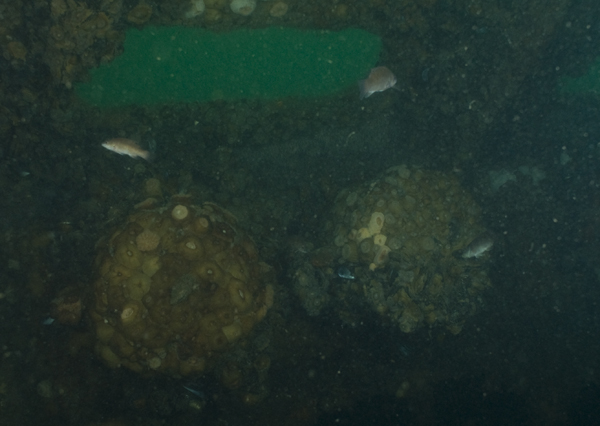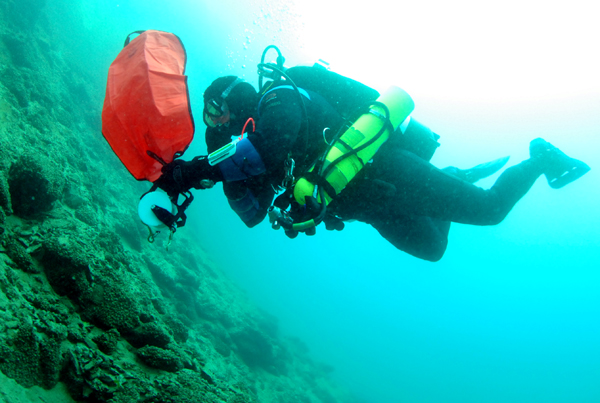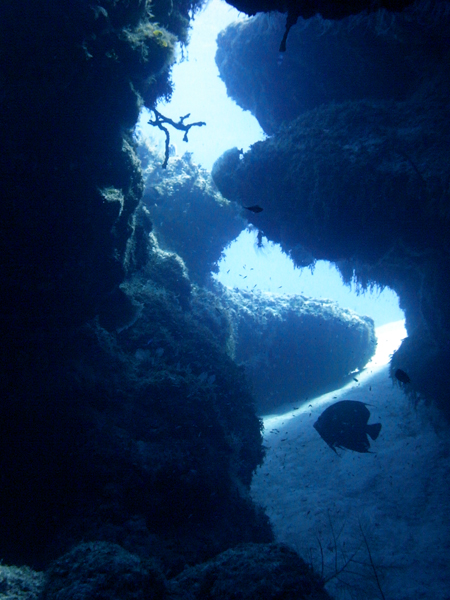
Mooring Bits
After a few students backed out on my Saturday dive, I reviewing the weather forecast, and checked with Roger to see if there was any room. As it turned out, they needed crew for a student dive. Life is good. My gear was already prepped and packed, just set the alarm.
The morning was calm with some light clouds. The boat was quickly packed, and we were headed out in nearly flat seas. Given a group of open water students, bouncy castle the destination was for an inshore wreck in less than 60 ft of water. In my mind, that means more bottom time, and perhaps fluke.
On the way out, I found out that only half of the group was in Open Water, and the rest were newly certified divers getting in some more practice. This became evident by the number of question about my KISS Rebreather. Not wanting to take attention away from an instructor with a class, I tried to be polite, but kept the answers short.
We were quickly at our destination and Chris jumped in as I threw the hook. Within minutes he had us tied in, and we started getting everyone geared up. The students went in last as the other divers went in armed for some of the Tog this wreck is know for. By the time they were in, Chris was up with a vis report. Not good.
I tried to keep a positive attitude, and rolled in with the camera. The surface was a little cloudy, but the bottom was downright dark. Vis on the bottom was 5-10 at best. I’m not familiar with this wreck, so out came the reel. I left the gun topside as light, camera, reel, and gun just seems like a bad combination. Of course, I immediately ran into some nice Tog on top of the wreck, and a fair size fluke as soon as I hit the sand.
The wreck was mostly intact with some areas where you could penetrate. A quick inspection for lobster came up blank. The camera was just about useless. Some part of me was tempted to go back up and exchange it for my spear. Instead, I fell back to my age old plan of just looking around when on a wreck for the first time. Even in the tight vis, there was lots to see. In addition, it’s good to just practice using the camera controls and playing with different settings. It was good to get wet without students of my own to watch.
After a complete loop around, I doubled back. I could hear some of the divers starting their second dive, so I headed back to the boat. We got the class back in the water, and Chris prepared to pull the hook. Once everyone was aboard, we were quickly free, and on our way home.
Back at the dock we set to work cleaning fish and the boat. The new divers were obviously excited about the dives, and asking when they could go again. I only wish I could have gotten some pictures for them to remember the day by.


